Web3 Gaming Might Just Pay Off—But Is It Too Good to Be True?
Web3 Gaming: A New Era of Playing… and Earning?
Let’s call it what it is: Web3 gaming sounds like a dream. Play your favorite games and earn real cryptocurrency while doing it? That’s the kind of pitch that raises eyebrows—and clicks. But as someone who’s spent a fair amount of time exploring this space, I can say confidently: it’s not quite the utopia it’s made out to be.
Yes, platforms like Axie Infinity, The Sandbox, and Illuvium have shown what’s possible. But they’ve also highlighted what’s flawed, fragile, and frankly, a little chaotic about the whole model. If you’re diving into this world thinking it’s all upside—you’re in for a learning curve.
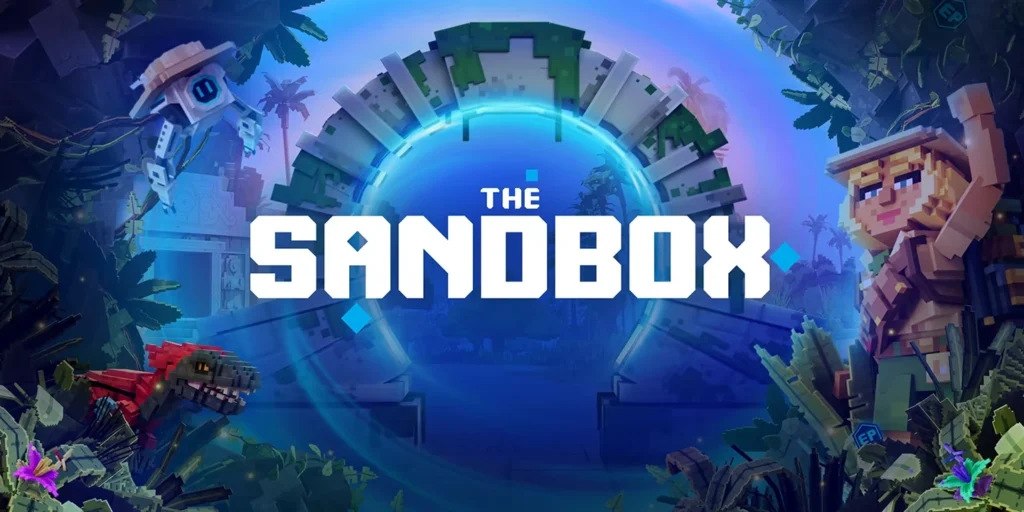
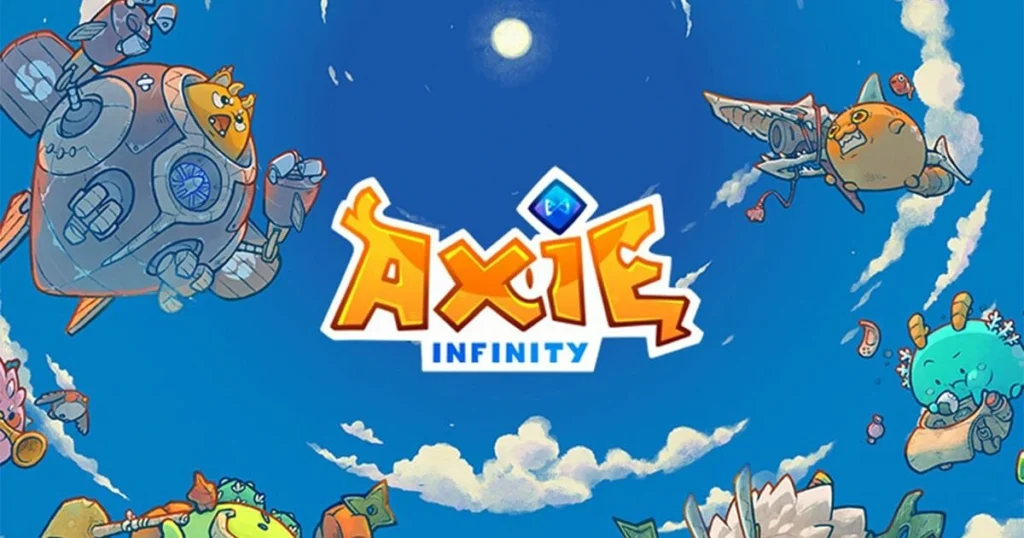
How Web3 Gaming Actually Works
Here’s the gist: Unlike traditional games (you know, the ones where you pay to unlock skins and then lose everything when the company pulls the plug), Web3 games let you own your assets. That fire sword you crafted? It’s an NFT. That cute alien pet? Same deal. And they live in your crypto wallet, not just your game account.
Theoretically, you can trade, sell, or even rent these assets. Some people have made serious money doing this. But—and it’s a big but—the whole system hinges on player activity and token value. And those can vanish faster than a Fortnite noob in a 1v1.
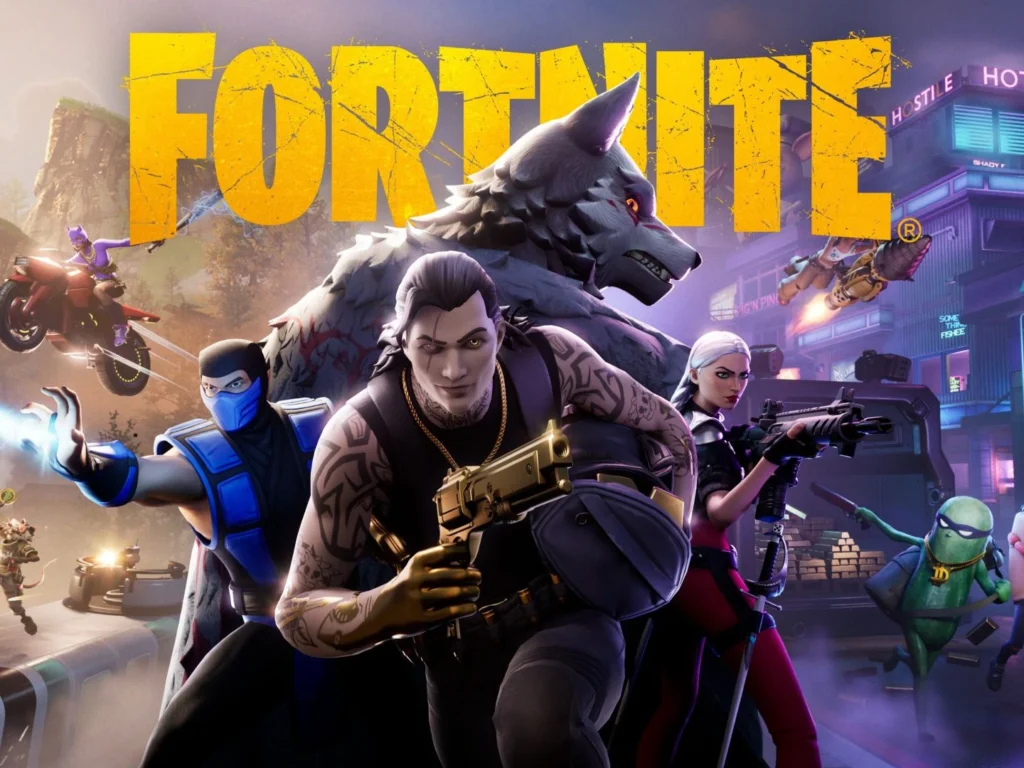
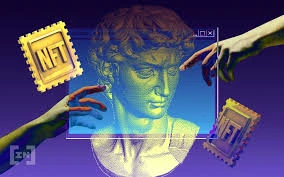
The Real Case : Ownership & Earning
Let’s give credit where it’s due. There are some genuinely compelling ideas here:
- True ownership: You paid for it, you keep it—even if the game dies.
- Play-to-earn potential: In the right game, at the right time, you could pull in a decent side income.
- A global equalizer: For players in lower-income countries, this model has actually offered real financial opportunities.
Some folks will tell you this is a revolution, and in some ways, they’re not wrong. Traditional gaming has never really respected player time or effort. Web3 changes that. Or, at least, it wants to.
But Let’s Not Pretend It’s All Great
Here’s where I stop you.
Because for every promising project, there are five rug pulls, three cash grabs, and a dozen unfinished games with clunky mechanics. The “earn” part of play-to-earn? That usually comes with massive caveats.
If token prices crash (and they do), your in-game income becomes pocket change. If the dev team walks away, your NFT sword becomes a JPEG with broken utility. If bots flood the game (which happens more than you think), the economy tanks. And let’s not forget gas fees, wallet hacks, or smart contracts gone wrong.
It’s not just gaming—it’s crypto with a joystick.
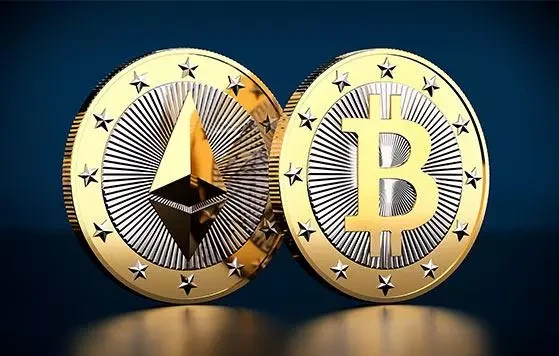
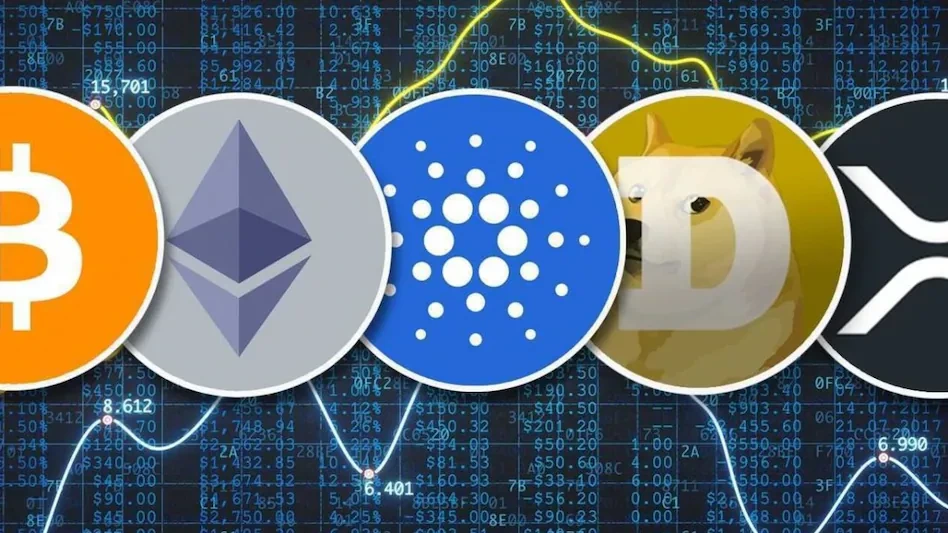
Web3 Gaming Isn’t Ready… Yet
Here’s the real problem: most Web3 games are built around economies, not gameplay. And gamers—real gamers—aren’t interested in spreadsheets disguised as battles. Until developers flip the script and build great games first (and sprinkle crypto on top), this model won’t stick with the mainstream.
We’re seeing hints of that shift. Some teams are focusing on fun, balance, and long-term vision. But right now? A lot of what’s out there still feels like a beta test with dollar signs.
So, Is Web3 Gaming Worth It?
If you ask me? Maybe. But only if you walk in with your eyes wide open.
If you’re curious, experimental, and willing to treat it like an experience, not an investment—go for it. Tinker, play, learn. Just don’t expect to fund your rent with it.
And if you’re the type to chase passive income with no effort, you’ll probably get burned. Web3 gaming is volatile, unfinished, and yes—full of potential. But as of now, it’s more of a “watch this space” than a “quit your job and farm tokens” situation.
Bottom line? Web3 gaming isn’t the future yet—but it might be a weird, fascinating part of it. And that alone makes it worth keeping an eye on.
Relevant Link : Here




